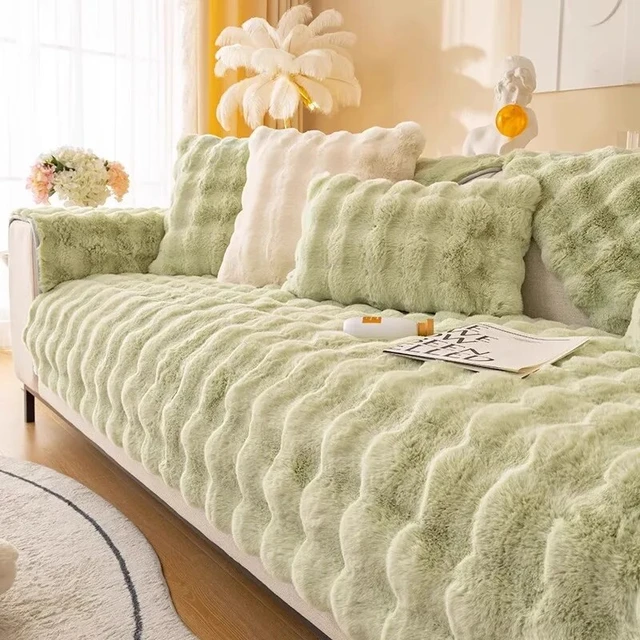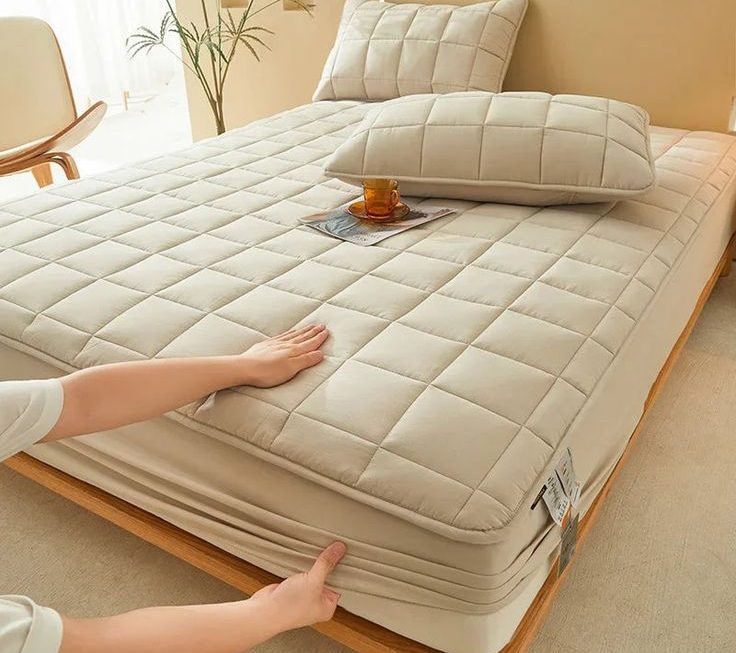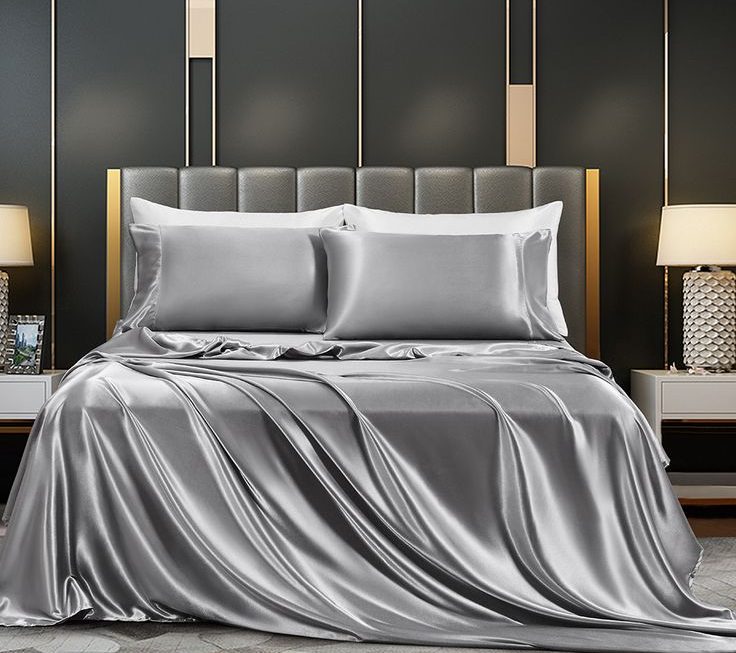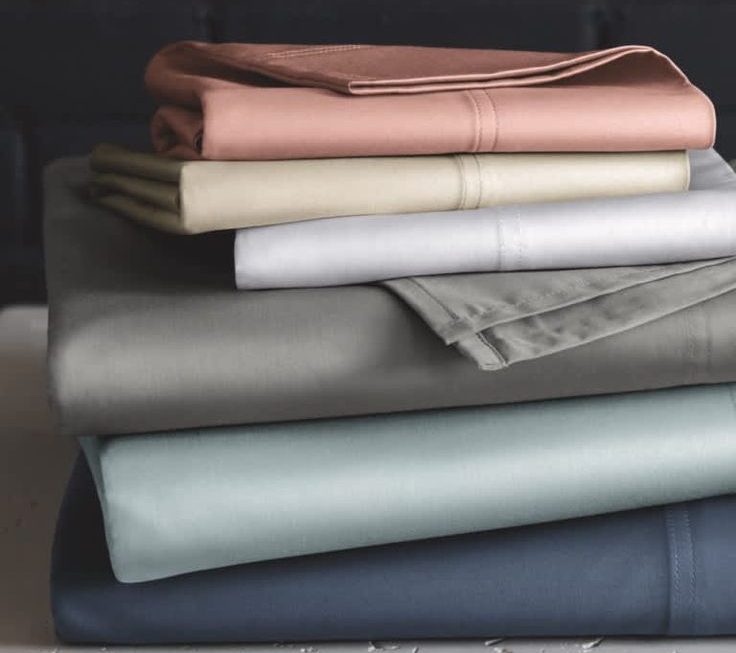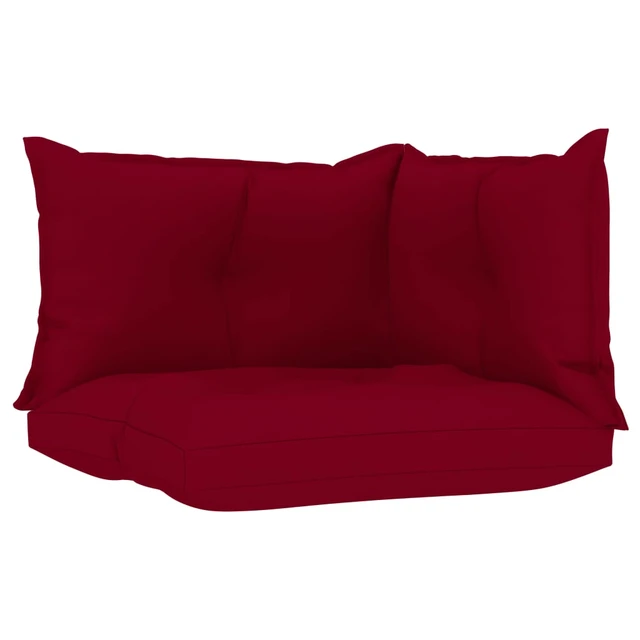 Introduction:
Introduction:
Couch cushions play a significant role in the comfort and appeal of your furniture. Over time, they can accumulate dirt, stains, and odors, making it necessary to give them a thorough cleaning. Washing couch cushions is a simple and effective way to refresh your furniture, extend its lifespan, and create a clean and inviting living space.
In this comprehensive article, we will guide you through the process of washing couch cushions, providing step-by-step instructions, essential tips, and best practices for achieving successful results. From prepping the cushions to drying and reassembling, we will cover everything you need to know to ensure a fresh and revitalized seating experience.
Common materials used for couch cushions:
Couch cushions can be made from a variety of materials, depending on the type and style of the couch. Here are some common materials used for couch cushions:
Foam:
Foam cushions are one of the most popular options for couch cushions. They provide comfort and support while retaining their shape. Different types of foam, such as high-density foam or memory foam, can be used depending on the desired level of firmness and comfort.
Polyester Fiberfill:
Couch cushions can also be filled with polyester fiberfill, which is a synthetic material. This type of cushion provides a soft and plush feel. Polyester fiberfill is often used in combination with other materials to create a more comfortable and durable cushion.
Down and Feather:
Some high-end couches may have cushions filled with a combination of down and feathers. This provides a luxurious and soft feel. Down and feather-filled cushions require regular fluffing and maintenance to retain their loft and shape.
Combination Fill:
Couch cushions can also be filled with a combination of different materials. For example, a cushion may have a foam core surrounded by a layer of polyester fiberfill or down/feather blend. This combination provides both support and softness.
Dacron or Batting:
Dacron or batting is a type of synthetic material used to wrap and cover the cushion foam or fiberfill. It provides a layer of softness and helps to round out the cushion’s shape.
It’s important to note that the specific material used for couch cushions may vary depending on the manufacturer and the style of the couch. Always refer to the product information or consult the manufacturer for accurate information about the cushion materials used in a particular couch.
Assessing the Need for Washing:
Visual Inspection: Examine your couch cushions for visible stains, dirt, or discoloration. Determine if they require a full cleaning or spot treatment.
Odor Evaluation: Take note of any unpleasant odors emanating from the cushions. If they are persistent or noticeable, a thorough cleaning is likely necessary.
Preparing the Cushions for Washing:
Read Manufacturer’s Instructions: Review the care labels on your couch cushions to ensure they are suitable for machine or handwashing. Follow any specific guidelines provided by the manufacturer.
Removing Covers: If your couch cushions have removable covers, unzip or unfasten them and take them off. This makes the cleaning process more manageable and allows for a deeper clean.
Vacuuming: Use a vacuum cleaner with a brush attachment to remove loose dirt, debris, and pet hair from the surface of the cushions. Pay attention to seams, corners, and crevices.
Choosing the Cleaning Method:
Spot Cleaning: If there are only a few small stains or spills, spot cleaning may be sufficient. Use a mild detergent or upholstery cleaner and a clean cloth to gently blot the affected area.
Machine Washing: Machine washing is suitable for cushions with removable covers or those made of sturdy materials. Check the care labels to ensure machine washing is recommended.
Handwashing: Handwashing is ideal for cushions that are not machine washable or have delicate fabrics. It allows for greater control over the cleaning process and minimizes the risk of damage.
Machine Washing Couch Cushions:
Pre-Treating Stains: Pretreat any stubborn stains or heavily soiled areas with a stain remover or a mixture of mild detergent and water. Gently rub the solution into the stain using a soft brush or cloth.
Selecting the Right Cycle: Place the cushions in the washing machine and choose a gentle or delicate cycle. Use cold water to prevent shrinking or color fading.
Using the Appropriate Detergent: Add a small amount of mild detergent specifically designed for delicate fabrics. Avoid using bleach or harsh chemicals that could damage the upholstery.
Balancing the Load: Avoid overloading the machine to ensure the cushions have enough space to move freely during the wash cycle.
Rinse and Spin: After the wash cycle completes, run an additional rinse and spin cycle to remove any remaining detergent or residue.
Handwashing Couch Cushions:
Filling a Bathtub or Basin: Fill a clean bathtub or basin with lukewarm water. Add a small amount of mild detergent specifically formulated for delicate fabrics and mix it well.
Soaking the Cushions: Submerge the cushions in the soapy water and gently agitate them to ensure even distribution of the detergent. Allow them to soak for 15-20 minutes to loosen dirt and stains.
Gentle Cleaning: Using a clean cloth or soft brush, gently scrub the cushions in a circular motion, paying particular attention to stained or soiled areas. Avoid excessive scrubbing or harsh agitation that could damage the upholstery.
Rinsing: Drain the soapy water and refill the bathtub or basin with clean water. Rinse the cushions thoroughly, removing all traces of detergent until the water runs clear.
Drying: Squeeze out excess water gently without wringing or twisting the cushions. Place them on a clean towel or hang them in a well-ventilated area to air dry. Ensure they are fully dry before reassembling.
Drying and Reassembling:
Air Drying: Lay the cushions flat or prop them up against a wall to allow for proper airflow during the drying process. Avoid exposing them to direct sunlight, as it can cause fading or damage to the upholstery.
Fluffing and Shaping: While the cushions are still slightly damp, fluff and reshape them to restore their original loft and form. This helps prevent them from becoming lumpy or misshapen.
Reattaching Covers: Once the cushions are completely dry, reattach the covers if applicable. Ensure that they are properly aligned and secured to provide a neat and cohesive appearance.
Placing the Cushions: Return the freshly cleaned and dried cushions to their original position on the couch, ensuring they fit snugly and provide optimal comfort and support.
Maintenance Tips:
Regular Vacuuming: To prevent dirt and debris from accumulating, vacuum your couch cushions regularly. This helps to maintain their cleanliness and prolong the time between deep cleanings.
Spot Cleaning Spills: Address spills and stains promptly by blotting them with a clean cloth or paper towel. Avoid rubbing, as it can cause the spill to spread or set into the fabric.
Using Fabric Protectors: Consider applying a fabric protector spray to your couch cushions to help repel stains and make future cleaning easier. Follow the manufacturer’s instructions for application.
Rotating Cushions: Rotate and flip your couch cushions periodically to distribute wear evenly and maintain their shape and support over time.
Conclusion:
Washing couch cushions is an essential part of maintaining a clean and inviting living space. By following the steps outlined in this comprehensive guide, you can effectively refresh your cushions and extend the life of your furniture. Whether you choose machine or handwashing, spot cleaning or a deep clean, the process of washing couch cushions helps remove dirt, stains, and odors, allowing you to enjoy a clean and comfortable seating experience. Embrace the cleanliness and freshness that comes with washing couch cushions, and create a welcoming environment where you can relax and unwind in comfort.

